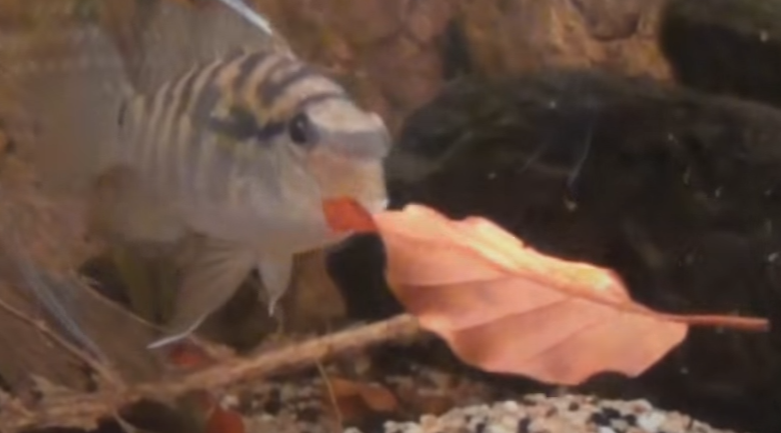.png)
Tool use in fish

We use tools everyday: cars, hairbrushes, plastic boxes. Tools are all around us. But other animals use tools too! Tool use has been described in diverse animals: primates, birds, fish, insects, crustaceans, cephalopods, etc. Animals use tools mainly to gain access to new foods, but also to protect themselves from predators and so on.




There have been controversies about the definition of tool use. The first definition was from Jane Goodal in 1970 "Tool use is the use of an external object as a functional extension of mouth or beak, hand or claw, in the attainment of an immediate goal". Then a lot of researchers have revisited it to give a better definition and it sometimes ending up in quite complicated definitions... "Tool use is the external employment of an unattached environmental object to alter more efficiently the form, position, or condition of another object, another organism, or the user itself when the user holds or carries the tool during or just prior to use and is responsible for the proper and effective orientation of the tool" 🥵 (Beck 1980).
This shows that defining tool use is tricky 🤔 Even with Jane Goodal's first simple definition. 1) What is an object? Some researchers consider that water is an object that can be used as a tool when a small amount of water is finely manipulated. 2) Is an object only a tool when it is used as a functional extension of mouth/beak/hand/claw? What about a crab putting an anemone on its shell to protect itself from predators? It is using the anemone as a tool, but the anemone is not an extension of its claw or mouth. 3) How do we know what an animal's "immediate goal"/intention is? We already have trouble understanding our own intentions as humans sometimes. How would you define tool use?
You can read this paper of Culum Brown if you want more information.
Even considering different definitions, using tools seems highly beneficial to the tool user. It allows an animal to do things it wouldn't have been able to do without a tool. The capuchin monkey can't crack the nut with its hands and uses a rock as an anvil to do it. So have you ever wondered why don’t all animals use tools?? Look at what humans we can do with tools. We are investigating this mystery using our lens of evolutionary biologists, see the research project.
Image you are a fish. How can you use a tool with no hands or feet and underwater? The physics of water makes using tools very different from using them on land. The viscosity of water makes every movement more difficult. Try hammering underwater to get an idea! Fish sometimes live in environments where using tools seems difficult: no light, strong currents... And in the open sea, it's not as if there are plenty of objects around to use as tools!
In any case, humans have observed fish using tools on several occasions. But we know very little about it. Only tool use in archerfish has been properly studied. Perhaps because humans have long lacked the technology to observe fish underwater and perhaps because of the common idea that fish are stupid and therefore cannot use tools. Here are the main examples of tool use in fish.


Our research project focus on anvil use in fish. We hope it will help to understand the evolution of tool use and make people realise that fish are intelligent.